The Leica Vario-Elmarit-SL 28-70 f/2.8 ASPH was introduced rather quietly earlier this year, together with enticing kits with the Leica SL3-S. I had not been asked to test the lens beforehand (I’m not always asked). But I was intrigued by it, and as I had a series of varied events to shoot over the summer, I bought the kit with the SL3-S.
Both camera and lens turned out to be really well suited for all the tasks I set for it. So much so that most of the pictures in my article about using the SL3-S as an event camera were taken using the 28-70.
The Leica Vario-Elmarit-SL 28-70 f/2.8 ASPH is the third Leica mid-range zoom for the SL system.
So this article is a brief look at the 28-70 with reference to the two older lenses. Specifically, does it represent a compromise from an image quality perspective?
The basics
The new lens is the smallest and cheapest of the three mid-range zooms in the Leica system:
| Lens | Length | Width | Weight | Price |
|---|---|---|---|---|
| Vario-Elmarit-SL 24-90 f/2.8-4 ASPH (2015) | 138mm | 88mm | 1,140g (40oz) | £3,945 | $6,310 |
| Vario-Elmarit-SL 24-70 f/2.8 ASPH (2021) | 123mm | 88mm | 856g (30oz) | £2,300 | $3,205 |
| Vario-Elmarit-SL 28-70 f/2.8 ASPH (2025) | 103mm | 72mm | 572g (20oz) | £1,650 | $1,890 |
The chief distinctions are that the two cheaper lenses are made in Japan, and the original 24-90 is made in Germany. The original lens also has a variable maximum aperture, whereas the newer lenses are both f/2.8.
I have all three lenses — I wrote about the 24-70 here — when it came out in 2021. I have always loved the 24-90, and for almost a year it was the only lens specifically designed for the SL, so it got used a lot. However, at nearly 1.2 kg, it’s pretty heavy.
All three lenses are dust and splash resistant and appear to be built to the same excellent standard. I’ve had all three variants out in the Best Cornish torrential rain, and they have all managed perfectly.
Bodies are metal and the zoom and focus controls are extremely smooth. The two Japanese lenses have metal, petal-shaped lens hoods, while the 24-90 has a plastic one (or at least, it did have when I bought mine in 2015).
A slight frustration is that the zoom ring for the German lens operates in the other direction from the two Japanese lenses.
Leica and Sigma
Leica has had collaborations with Sigma on lenses since at least 1990 when they produced the Leica 28-70 f/3.5-4.5 Vario Elmar-R. In 2018 Sigma was a founding member of the L-Mount Alliance with Leica and Panasonic.
Since those early days, Sigma have gone from strength to strength, making their own branded lenses in almost all different lens mounts. They also make lenses for many other companies using their partner’s brand names.
Sigma was founded by Michihiro Yamaki in 1961, and today it is run by his son, Kazuto Yamaki, who I was lucky enough to meet at the Leica 100 year celebrations in June. Their Aizu factory in Japan was founded in 1973 and to this day, remains Sigma’s sole manufacturing base — with every step of production taking place in Japan.
It’s a remarkable history, which explains why they can manufacture such superb lenses. It’s worth having a look at their website here.
There have been several co-operative projects with Leica for L-mount lenses, and the 28-70 f/2.8 Vario-Elmarit ASPH is an excellent example. The optical design is similar to the Sigma Contemporary lens, but the Leica version adds an aluminium body shell and weather sealing to match the rest of the SL lenses — something which is definitely important in the weather here in the UK.
I have not done a direct comparison between the Sigma and Leica versions, although I have had reports that the colour is better on the Leica lens. However, this is something I can’t confirm.
What is important
Well, the new Leica Vario-Elmarit-SL 28-70 f/2.8 ASPH is delightfully small and light and, like the 24-70, has a constant aperture. The 24-90 has image stabilisation, which is missing from the other two lenses. On the other hand, the SL2 and SL3 have in-built image stabilisation, so perhaps that isn’t such a critical issue.
Obviously, the extended focal length of the original lens is an added bonus, and the newer lens has the disadvantage of only widening to 28mm rather than 24mm.
But having a smaller and lighter lens is quite an attraction, and apart from the 28mm widest focal length and the missing image stabilisation (in comparison with the 24-90), the crucial issue appears to be the image quality. Nobody likes inferior image quality.
MTF figures
It’s rather difficult to make a direct comparison between the MTF figures for the three lenses — but here are the figures for the 24-70 and the 28-70.
Vario-Elmarit 24-70mm f/2.8
Vario-Elmarit 28-70mm f/2.8
They are clearly very similar in quality — certainly the 28-70 is not the poor companion that its lower price might suggest. Probably because it’s easier to make a shorter zoom range with really high-quality optics.
Real life image quality
Damn! Where is that tripod: I’m not a fan of tripods — at any rate, it’s challenging to do a proper comparison without one, so I dug it out of a lost cupboard and set it up in our garden.
Leica Miami (Red Dot Forum) did a nice review of the 28-70 including some test chart shots, but of course, they were at close range.
I thought it would be interesting to do some tests over a range of focal lengths and apertures, and also a range of distances. So that is what I did — from ‘macro’ to about 30 meters (our venerable 20-meter-high maple hedge).
Test images are pretty boring, but I took 88, and they are on the link here if you would like to wade through them. If you are really up for it, I could send you a link to a zip file of the original DNG files!
I was hoping that the 28-70 would be nearly as good as the 24-70. Surprisingly, actually, it seemed to me to be better — especially wide open (except the 24mm focal length, of course). I’ve looked and looked at the images. They aren’t perfect, but it really does seem that the 28-70 does a wonderful job.
Better than that, the bokeh wide open is really smooth and nice (not a normal attribute of standard length zooms). Better perhaps than either of the other lenses. This also makes it good for portrait work.
In comparison with the original 24-90, there are pros and cons for each lens — but what is abundantly clear from these tests is that the new baby isn’t a poor relative in any other sense than its price!
Conclusion
Maybe I’ve been lucky and have a perfect example, perhaps my test photos with the other lenses weren’t so good?
But what is certain is that the 28-70 Vario Elmarit ASPH is a really excellent lens. Sure, it’s certainly not as good as the SL APO prime lenses, but as far as I can determine it is really outstanding at all apertures and all focal lengths. Not just that, but it has lovely gentle bokeh and is great to use.
Added to that, it’s small enough to carry around on an SL camera all day without causing serious injury! Mine has been pretty much welded to my SL3 cameras for the last few months. I really cannot recommend it highly enough.
Jonathan Slack has been testing cameras for Leica since 2009, he has also been writing about them, and all the old articles can still be found on this website (maybe an index is coming!). Jonathan’s duty of care is to Leica, and whilst he would never omit something he considered important, nor say anything he didn’t consider to be true, it is worth remembering this when reading these articles. Jonathan Slack is also a member of the board of LSI (Leica Society International).
Make a donation to help with our running costs
Did you know that Macfilos is run by five photography enthusiasts based in the UK, USA and Europe? We cover all the substantial costs of running the site, and we do not carry advertising because it spoils readers’ enjoyment. Every amount, however small, will be appreciated, and we will write to acknowledge your generosity.

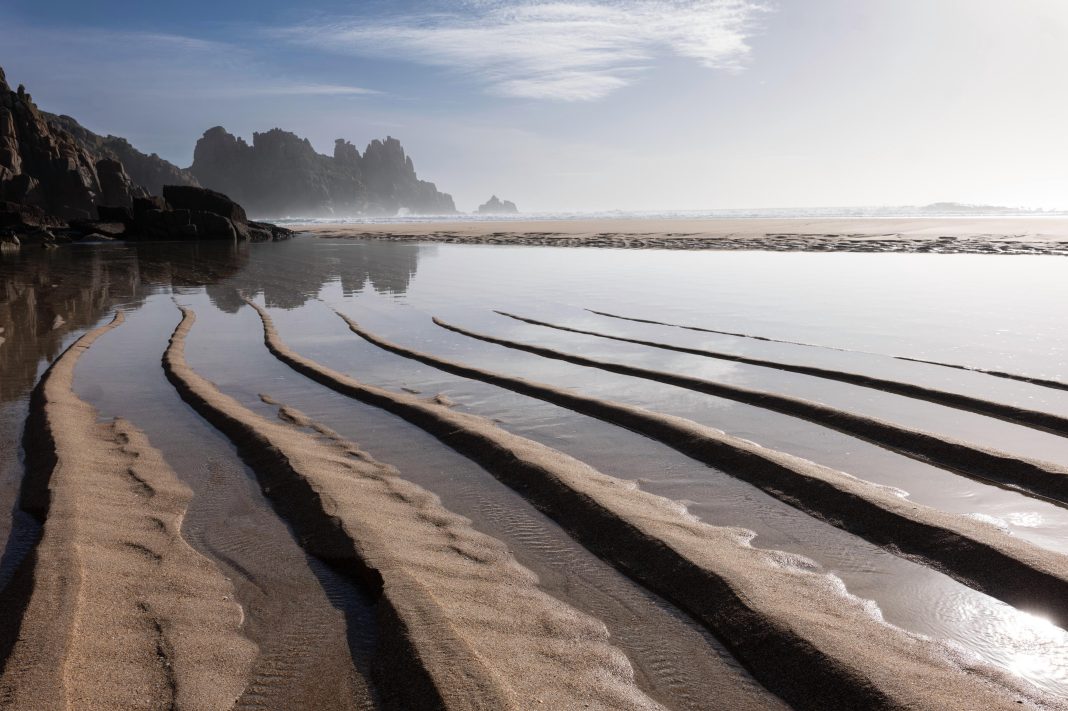







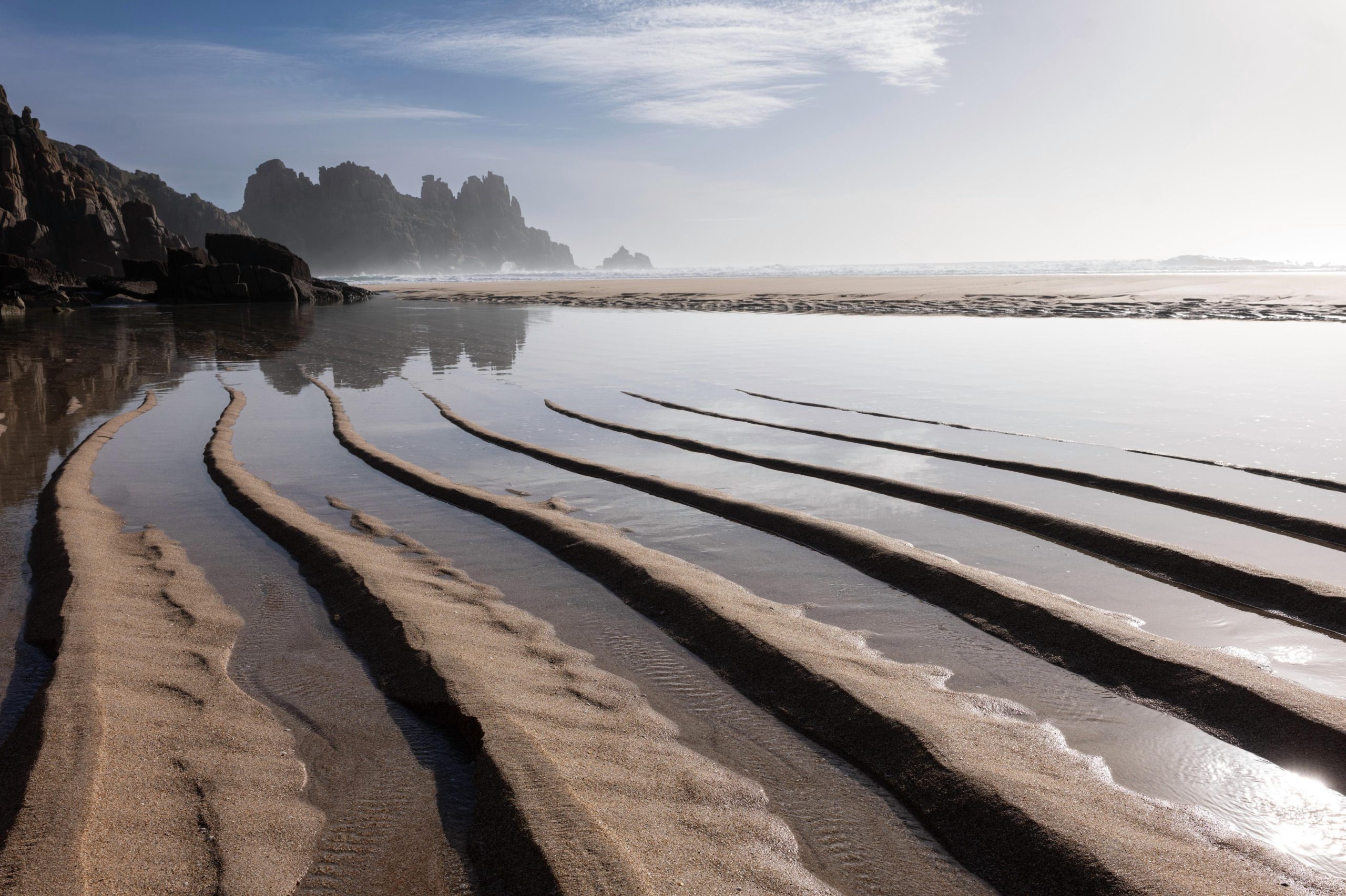


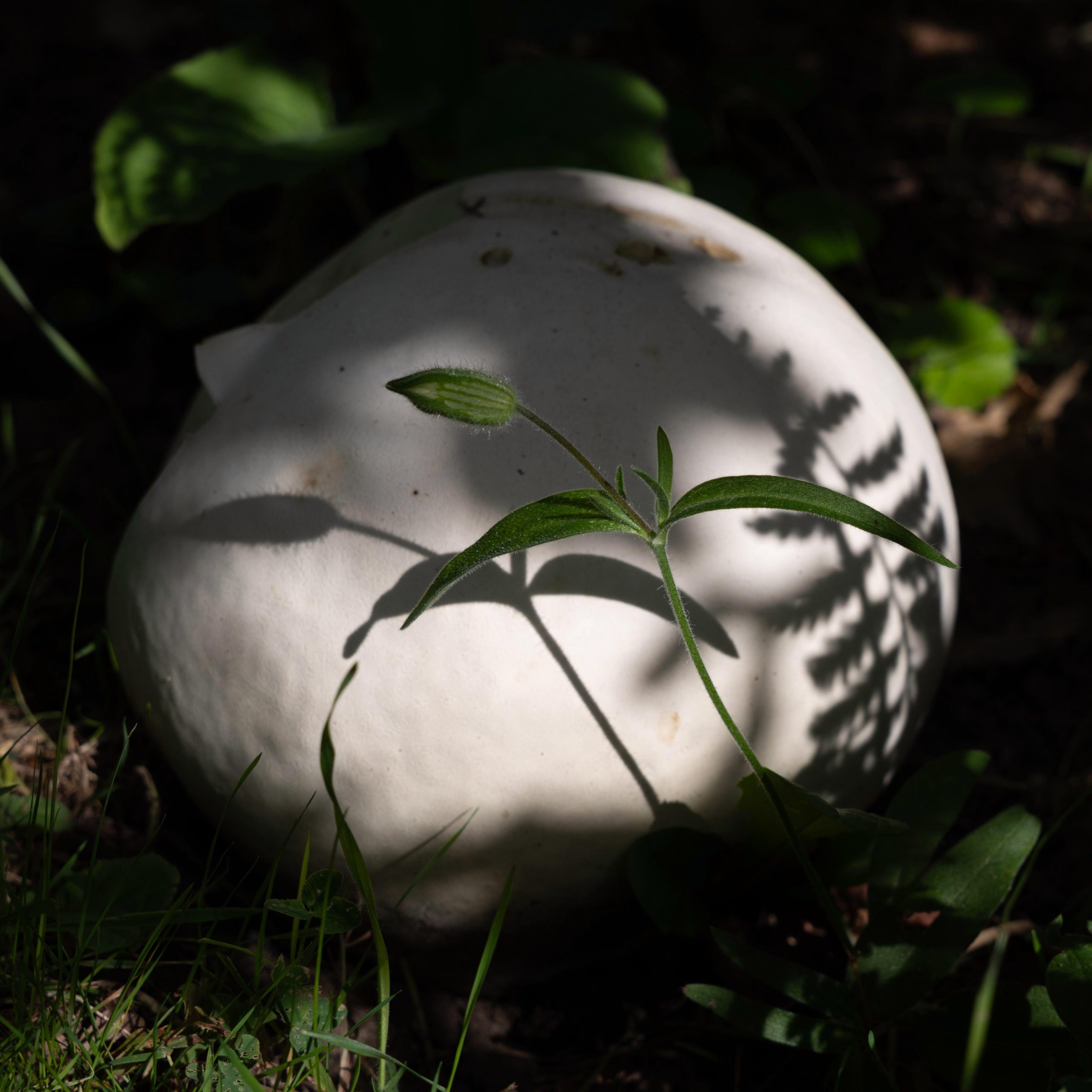
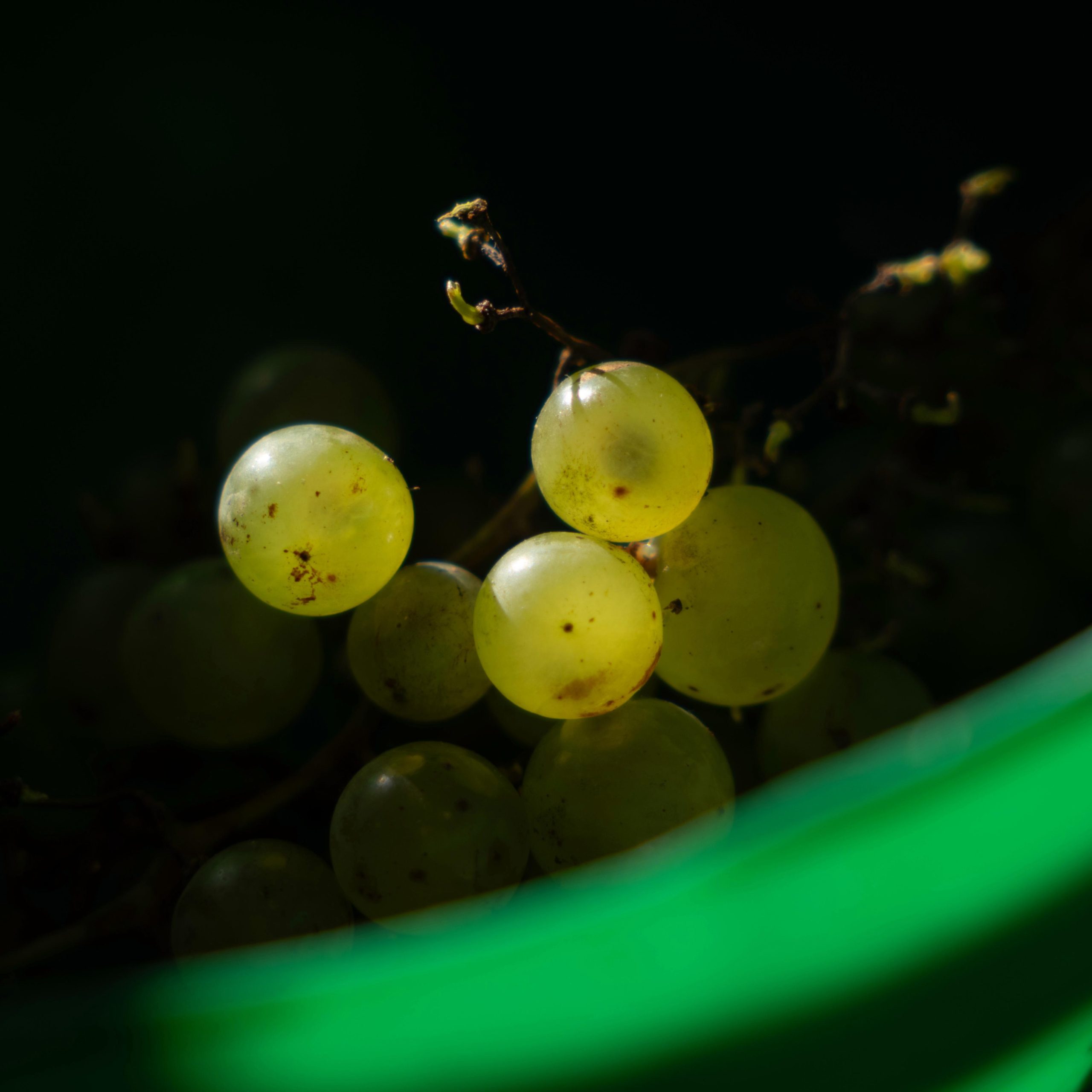






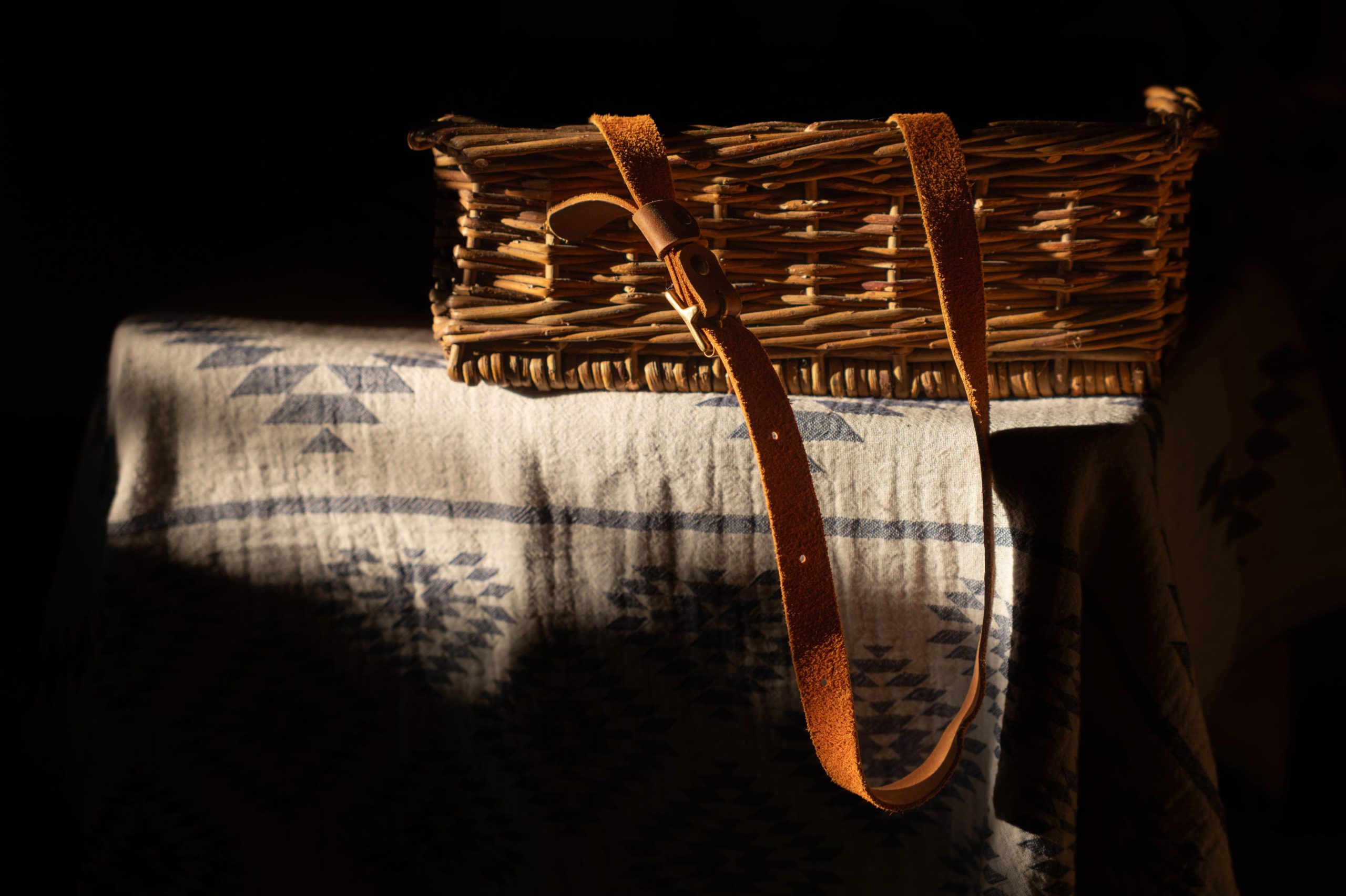




An interesting report, Jonathan. I have almost the same specification lens for my CL. (Sigma 18-50mm f2.8 asph giving me the equivalent to 28-75mm on full-frame cameras). I call it my ‘winter zoom’ noting its constant full aperture. Compared with its Leica equivalent, it is slightly cooler in rendering colours, but easily fine-tuned in pp. The two lenses are almost indistinguishable in performance terms.
Lovely pictures demonstrating the lens’ versatility. Thank you.
Great review of a beautiful lens. Its diminutive size hides great powers!
I’m not sure what a Pedney is, but the photo of the sand wash is quite beautiful. I do have to confess pixel-peeping the JJ Johnson photo (though it’s striking all by itself!). Zooming in, I noticed a stray thread coming out of one of the shirt button holes. Insofar as peeping can tell us anything about a lens — this says something.
You’ve mentioned Leica/Sigma collaboration… I happen to have a Sigma 28-70 f2.8 zoom for Fuji. As one does when it’s very cold and very rainy, I compared it to three Fuji primes. On axis, it was just as good as the primes. And, it went through a weight-loss by using plastics and removing aperture control from the lens.
Now, for my next trip to Japan, I don’t know whether to take the primes or simply the Sigma!
Pedney aka Pedn Vounder is a beach in Cornwall.
Thank you. No surprise, then, that I couldn’t find the reference online. It seems quite a lovely place. And still…the photograph here is better by far than any one finds online!